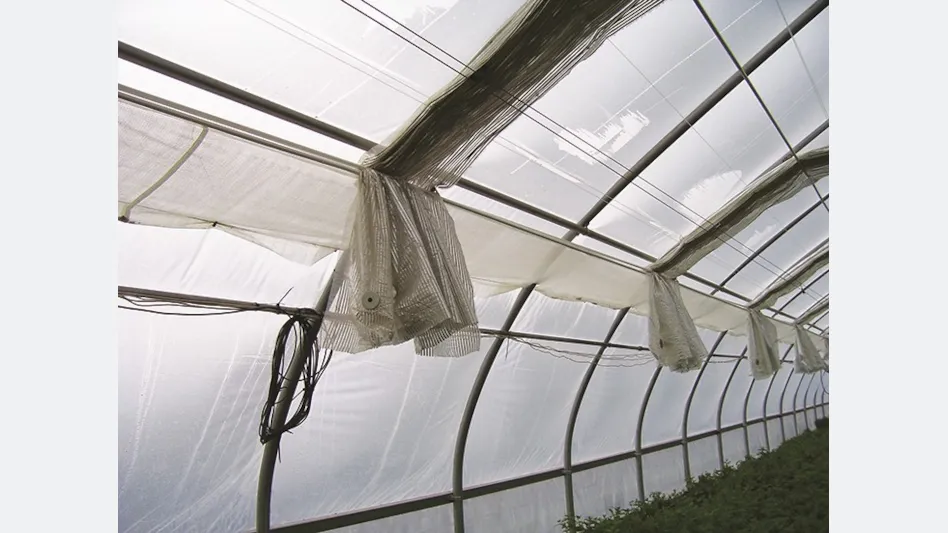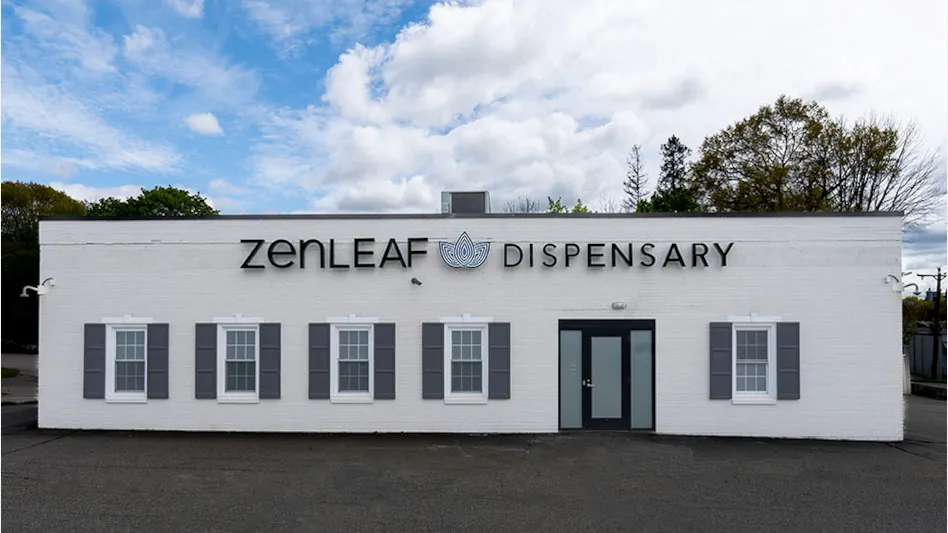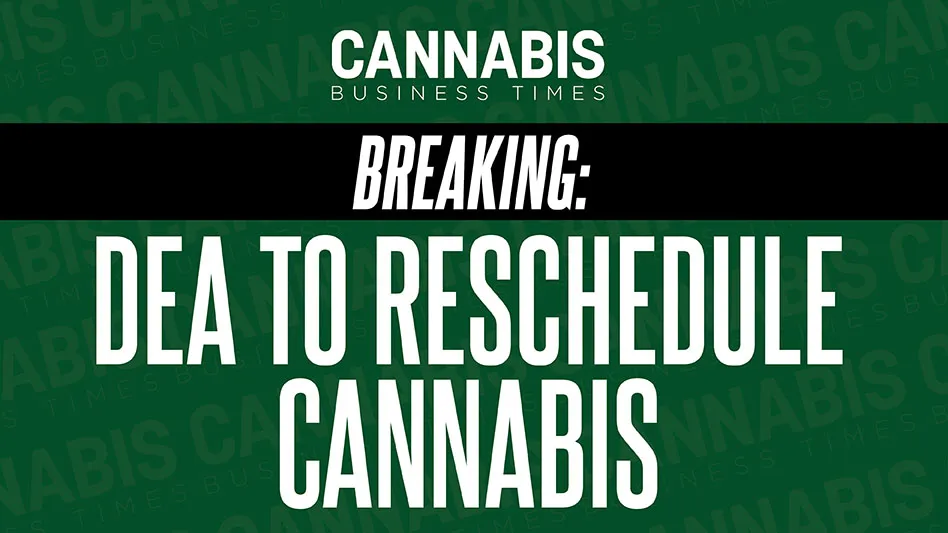
Infiltration
Air gaps are a major source of heat loss in many greenhouses. A 48-inch fan shutter with 1-inch gaps between blades can allow as much as 25,000 Btu per hour (Btu/hr) to escape. Inspect these areas as you walk your greenhouse’s perimeter:
1. Glazing: Secure glazing to prevent plastic failure, repair or replace torn plastic, and adjust inflation pressure to ¼-inch static pressure. Clean and lubricate inflation blowers. Remove any shading, as light is critical during winter.
2. Foundation: Seal cracks in the foundation and baseboards with foam caulk or insulation board. Weatherstrip around personnel and vehicle doors with rubber or foam.
3. Gutters: Remove leaves, twigs and trash in rain gutters and downspouts. Drainage swales should be clear so water can drain away from the foundation. Space between houses should be obstruction-free for snow storage or snow removal purposes.
Structural Integrity
Snow and wind can place significant loads on the greenhouse. Inspect inside the greenhouse for:
4. Loose Truss and Frame Connectors: Tighten bolts, cross connectors and fasteners.
5. Diagonal Frame Bracing: Check to see that cables are tight and rigid braces are secure.
6. Hoop houses: Have two-by-four posts available to be placed under the ridge if heavy snow is predicted.
7. Energy Screens: Adjust cables and check for tight end- and side-screen closure to prevent chimney effect heat loss.
Yearly Furnace and Boiler Service
Servicing your boiler is key to efficient and trouble-free operation, and maintenance can be paid for with a 2-percent increase in efficiency.
8. Clean radiators, pipes, ducts and heat exchangers for increased heat output.
9. Calibrate your thermostat/controller accuracy against a digital thermometer.
10. Chimney and flue pipes should extend 2 feet above the roof ridge for better draft.
11. Enclose outdoor fuel tanks for a warmer fuel temperature and greater vaporization of propane in the tank or fuel oil in the firebox.
Fans and Vents
12. To save energy and reduce cold air drafts on plants, close fans and vents not needed for winter cooling.
13. Drain and close the evaporative cooling system.
14. Check fan belts for wear, tightness and alignment.
15. Horizontal Air Flow (HAF) fans should be cleaned and serviced to increase air flow by up to 25 percent.
Water Systems
16. Water systems need periodic service. Drain hot and cold water tanks to remove sediment and reset water pressure. Clean filters and screens.
17. Check hot water tank temperature. For most uses, 120°F is adequate. Insulate pipes with ½-inch foam insulation, at minimum, to retain heat and reduce condensation.
18. Eliminate water leaks. Sixty drops/minute wastes 113 gallons/month.
Backup Power
Backup power is a must for winter operation. Prepare by:
19. Operating the standby generator monthly. Keep extra fuel on hand.
20. Check and operate alarm system weekly.

Explore the November 2018 Issue
Check out more from this issue and find you next story to read.
Latest from Cannabis Business Times
- Rescheduling Would Have Saved Verano $80M in 2023 Tax Payments, CEO Says
- Aurora Marks 1st Medical Cannabis Shipment to New Zealand Market
- Where All 100 US Senators Stand on SAFER Banking Act
- Blumenauer Unveils Legislative Blueprint, Additional Administrative Action Needed Following Rescheduling
- Cannabis Rescheduling FAQ: What Now?
- From Custodian to Cultivation Supervisor
- California City in Cannabis Retail Desert Welcomes 1st Dispensary
- US Senate Democrats Forgo Addressing Intoxicating Hemp in 2024 Farm Bill Summary





